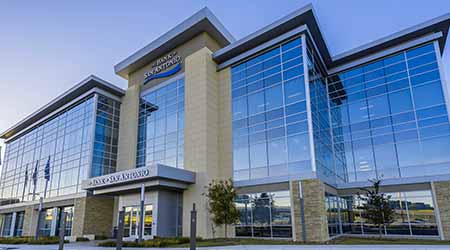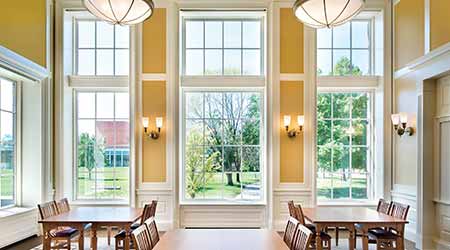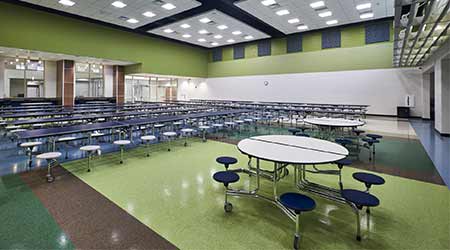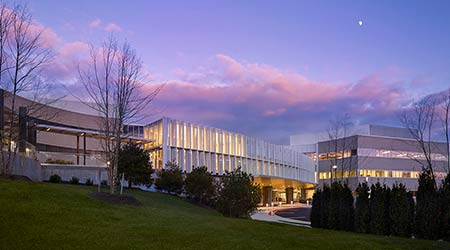view all Case Studies
Bank Achieves Occupant Comfort and Energy Efficiency
July 13, 2018 -
HVAC
After breaking ground on a new, 56,000-square-foot office space in 2015, The Bank of San Antonio, in San Antonio, Texas, needed to find an energy-efficient HVAC system that offered quality comfort and control. The search ended by selecting variable refrigerant flow (VRF) technology from Mitsubishi Electric Cooling & Heating.
Tom Moreno, executive vice president of operations and technology for Bank of San Antonio, knew it would be a challenge to find an HVAC system that would meet everyone’s needs. Moreno and his team originally planned to install traditional HVAC technology, but they decided to consider VRF. VRF’s ability to zone would allow the bank to offer comfort to every person in the building.
Five PURY R2-Series outdoor units, eight PUY P-Series outdoor units, 75 PEFY ceiling-concealed ducted indoor units, and eight PKA wall-mounted indoor units were installed, as well as 12 controllers.
Since project completion, the VRF system has provided precise control and comfort for the bank. Not only does the VRF system keep the employees comfortable, but it also keeps the bank’s technology safe and, most importantly, cool.
Moreno also commented on how the system accomplished the one true goal for the bank – comfort everywhere, at any time. “We’ve liked how we can set the temperature an hour before guests walk in during an event and immediately they can be comfortable," he says. "Once we learned the system, it has been easy to manage it and helps us make sure the folks here are comfortable.”
The Bank of San Antonio’s new office space provides employees with a comfortable place to serve clients effectively and efficiently. Moreno said, “If our team is too hot or too cold, it will affect productivity. Our clients should also get good service, and ensuring that our team is comfortable allows us to fulfill our promise to our clients that they will receive an exceptional experience.”
Next
Read next on FacilitiesNet












